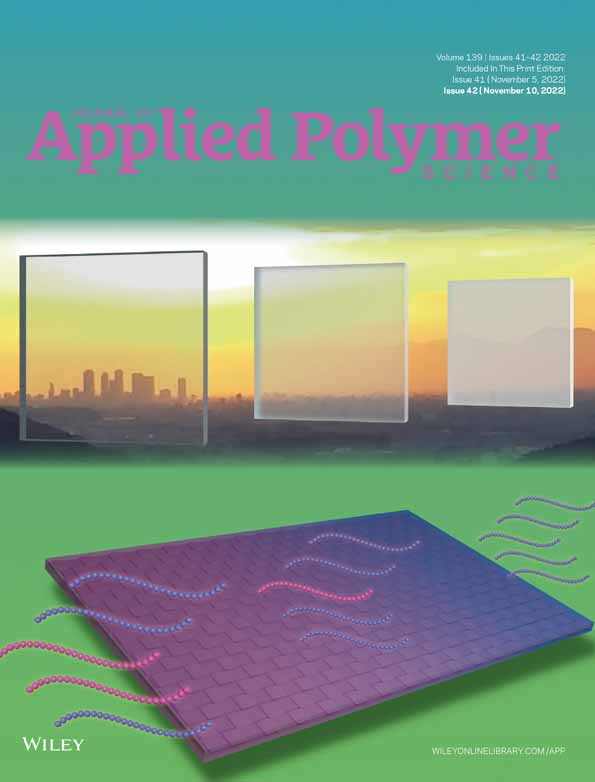Anti-fouling performance of polyamide microfiltration membrane modified with surfactants
Abstract
Fouling is the main limitation in membrane separation processes. This phenomenon occurs by the adsorption/deposition of particles, colloids, or biomolecules on the membrane surface and it pores. This process can severely affect membrane performance due to the decrease in permeate flux, lifetime reduction, and selectively and separability changes. Studies have concluded that physicochemical superficial characteristics of membranes is a key for understanding and mitigating fouling. In this study, the surface of a commercial microfiltration membrane (MF) was modified with commercial surfactants and a biosurfactant to reduce fouling and improve its performance. Coated (MF-SDS, MF-CTAB, MF-Tween80, and MF-Rha) and uncoated membranes were characterized by Fourier-transform infrared spectroscopy (FT-IR), contact angle, and zeta potential. Microfiltration tests were performed by using Saccharomyces cerevisiae yeast suspensions as model fouling agent at different transmembrane pressures and feed flow rates. Interfacial analysis indicated that the adsorption of surfactants on the membranes' surface is responsible for significant changes in the membrane's hydrophilicity and superficial charges. Considering filtration of the model suspensions, the permeate flux values were increased for all coated membranes compared to the uncoated one. Long-term experiments showed a high stability of the rhamnolipid adsorption on the membrane surface, proving its effectiveness in fouling reduction.
Open Research
DATA AVAILABILITY STATEMENT
The data supporting the findings of this study are available within the article and/or from the corresponding author on request.




